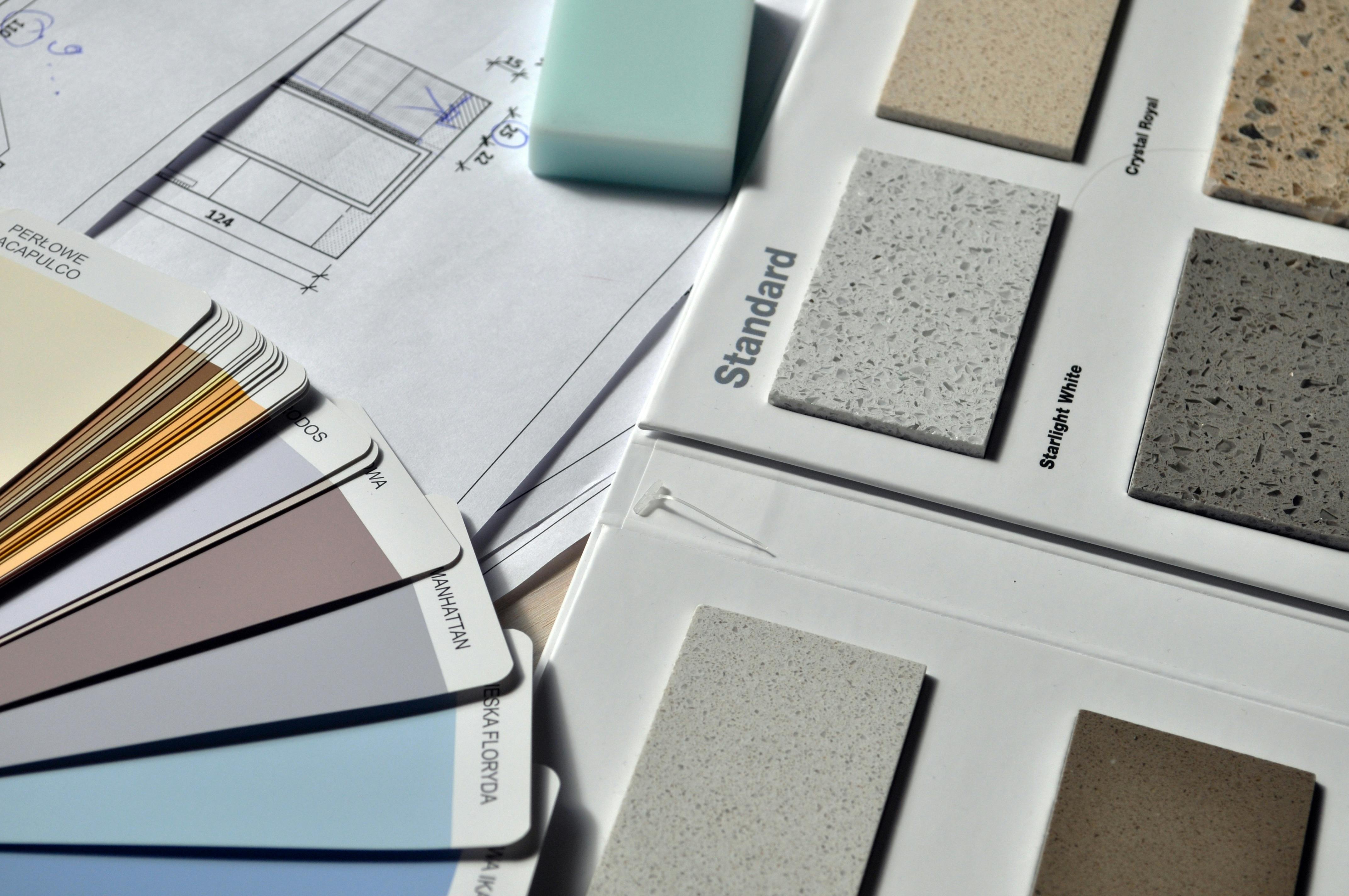Complete Guide to Planning and Executing Renovation Projects
Transforming living spaces through renovation projects can significantly impact both daily comfort and property's market value. Whether you're considering a minor refresh or major overhaul, understanding the renovation process, costs, and best practices helps ensure successful project outcomes. From kitchen updates to bathroom remodels, each renovation type requires specific planning, budgeting, and execution strategies to achieve desired results.

Upgrading your living space through strategic improvements can dramatically enhance both your daily comfort and property’s long-term market value. Modern homeowners increasingly view these projects as investment opportunities, combining aesthetic enhancements with functional upgrades that improve quality of life.
Understanding Property Value Enhancement Through Improvements
Strategic property improvements serve dual purposes: enhancing immediate living conditions while potentially boosting long-term market value. Well-planned projects typically yield returns ranging from 60% to 80% of investment costs, though actual returns vary by project type, location, and market conditions. Kitchen and bathroom updates generally provide the strongest value returns, while luxury additions may offer lower financial returns but significant lifestyle benefits.
Property value increases depend on factors including neighborhood standards, improvement quality, and local market demands. Well-executed projects that align with neighborhood characteristics tend to perform better than over-improvements that exceed area norms.
Popular Types of Property Improvement Projects
Kitchen transformations remain among the most popular projects, ranging from cabinet refacing to complete layout redesigns. These projects typically involve updating appliances, countertops, flooring, and storage solutions to create more functional cooking and gathering spaces.
Bathroom upgrades focus on improving functionality while updating fixtures, tiles, and lighting. Master bathroom improvements often include features like walk-in showers, double vanities, and enhanced storage solutions.
Living space modifications encompass basement finishing, attic conversions, and open-concept adjustments. These projects expand usable square footage while creating more flexible living arrangements for modern lifestyles.
Financial Planning and Budgeting Strategies
Successful improvement projects require comprehensive financial planning that extends beyond initial cost estimates. Industry experts recommend allocating 10-20% additional budget for unexpected issues commonly discovered during construction work.
Financing options include home equity loans, personal loans, cash-out refinancing, and contractor financing programs. Each option carries different interest rates, terms, and qualification requirements that impact overall project costs.
| Project Type | Average Cost Range | Timeline | ROI Potential |
|---|---|---|---|
| Kitchen Remodel | $15,000-$50,000 | 4-8 weeks | 70-80% |
| Bathroom Upgrade | $8,000-$25,000 | 2-4 weeks | 65-75% |
| Basement Finishing | $10,000-$30,000 | 3-6 weeks | 60-70% |
| Roof Replacement | $8,000-$20,000 | 1-2 weeks | 65-75% |
Prices, rates, or cost estimates mentioned in this article are based on the latest available information but may change over time. Independent research is advised before making financial decisions.
Sustainable and Eco-Friendly Materials and Practices
Environmentally conscious improvement practices incorporate sustainable materials, energy-efficient systems, and waste reduction strategies. Bamboo flooring, recycled glass countertops, and low-VOC paints represent popular eco-friendly material choices that reduce environmental impact while maintaining aesthetic appeal.
Energy efficiency improvements include upgrading insulation, installing LED lighting systems, and selecting ENERGY STAR certified appliances. These upgrades often qualify for tax credits or utility rebates that offset initial investment costs.
Water conservation features like low-flow fixtures, tankless water heaters, and drought-resistant landscaping reduce ongoing utility expenses while supporting environmental sustainability goals.
Current Design Trends Shaping Modern Projects
Contemporary improvement trends emphasize open-concept layouts, neutral color palettes, and multi-functional spaces that accommodate flexible living arrangements. Smart home technology integration includes automated lighting, programmable thermostats, and security systems that enhance convenience and efficiency.
Natural materials like stone, wood, and metal create timeless aesthetics that resist style obsolescence. Mixed material combinations add visual interest while maintaining cohesive design themes throughout updated spaces.
Outdoor living space integration extends interior design concepts to patios, decks, and garden areas, creating seamless indoor-outdoor transitions that maximize property utilization.
Property improvement projects require careful planning, realistic budgeting, and quality execution to achieve desired outcomes. Whether focusing on value enhancement or lifestyle improvement, successful projects balance aesthetic preferences with practical considerations while incorporating sustainable practices that support long-term satisfaction and environmental responsibility.




